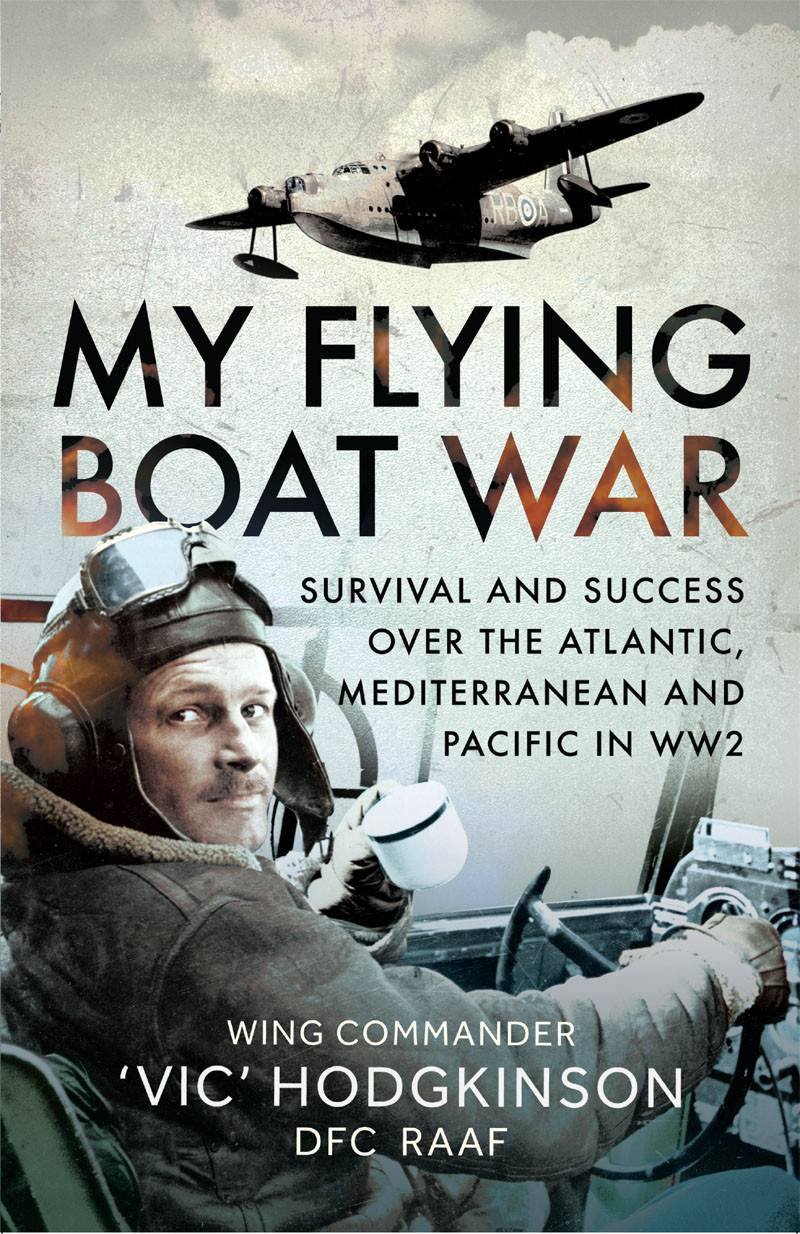Product desciption
My Flying Boat War Vic Hodgkinson by 'vic' Hodgkinson instant download after payment.
Wing Commander Vic Hodgkinson DFC served throughout the Second World War as a pilot in the Royal Australian Air Force. His war began in 1939 when he traveled to the UK to become one of the founding members of 10 Squadron RAAF. With its training complete, the squadron took delivery of its first Short Sunderland flying boats.
In early 1940, the squadron was loaned to the RAF by the Australian Government. Flying from Mount Batten (Plymouth), Pembroke Dock (Wales) and Oban (Scotland), Vic Hodgkinson, along with the rest of the squadron, played a vital part in the early stages of the Battle of the Atlantic as part of the RAF’s Coastal Command.
During that time, he was involved in numerous air-sea rescues. This included picking up twenty-one survivors of a U-boat attack, and of returning the compliment with depth charge attacks on German submarines.
Vic himself became a survivor when, returning from a fifteen-hour patrol in fog, his Sunderland crashed into the Irish...
Wing Commander Vic Hodgkinson DFC served throughout the Second World War as a pilot in the Royal Australian Air Force. His war began in 1939 when he traveled to the UK to become one of the founding members of 10 Squadron RAAF. With its training complete, the squadron took delivery of its first Short Sunderland flying boats.
In early 1940, the squadron was loaned to the RAF by the Australian Government. Flying from Mount Batten (Plymouth), Pembroke Dock (Wales) and Oban (Scotland), Vic Hodgkinson, along with the rest of the squadron, played a vital part in the early stages of the Battle of the Atlantic as part of the RAF’s Coastal Command.
During that time, he was involved in numerous air-sea rescues. This included picking up twenty-one survivors of a U-boat attack, and of returning the compliment with depth charge attacks on German submarines.
Vic himself became a survivor when, returning from a fifteen-hour patrol in fog, his Sunderland crashed into the Irish Sea near Bardsey Island, off the North Wales coast, while returning to Pembroke Dock. Six of his eleven crew were killed; it was a gruelling twelve hours before the survivors were finally rescued.
In May 1941, Vic and his crew were dispatched to the Mediterranean, but became stranded in Egypt after their Sunderland was damaged. while awaiting spare parts, Vic volunteered to serve with a RAF flying boat squadron based in Alexandria. He found himself flying through heavy enemy fire to make contact with Allied troops fighting for their lives in Crete.
After this, they were once again back in the Atlantic, flying patrols across the Bay of Biscay. During one such sortie, Vic’s crew became embroiled in a battle of the giants with a Focke-Wulf Fw 200 Condor. It was an engagement that ended badly for the faster and heavily armed enemy aircraft.
In 1942, Hodgkinson was sent back to Australia, going on to serve with both 20 Squadron RAAF and 40 Squadron RAAF. It was in this period that he also flew the Consolidated Catalina, Martin Mariner and other flying boats – including Dornier Do 24s that had been impressed into RAAF service after the fall of the Dutch East Indies. His missions included dropping supplies to remote areas, minelaying, reporting on Japanese ship movements, and engaging in the bombing of enemy positions.
This is Vic’s remarkable story, told here in his own words for the first time.


